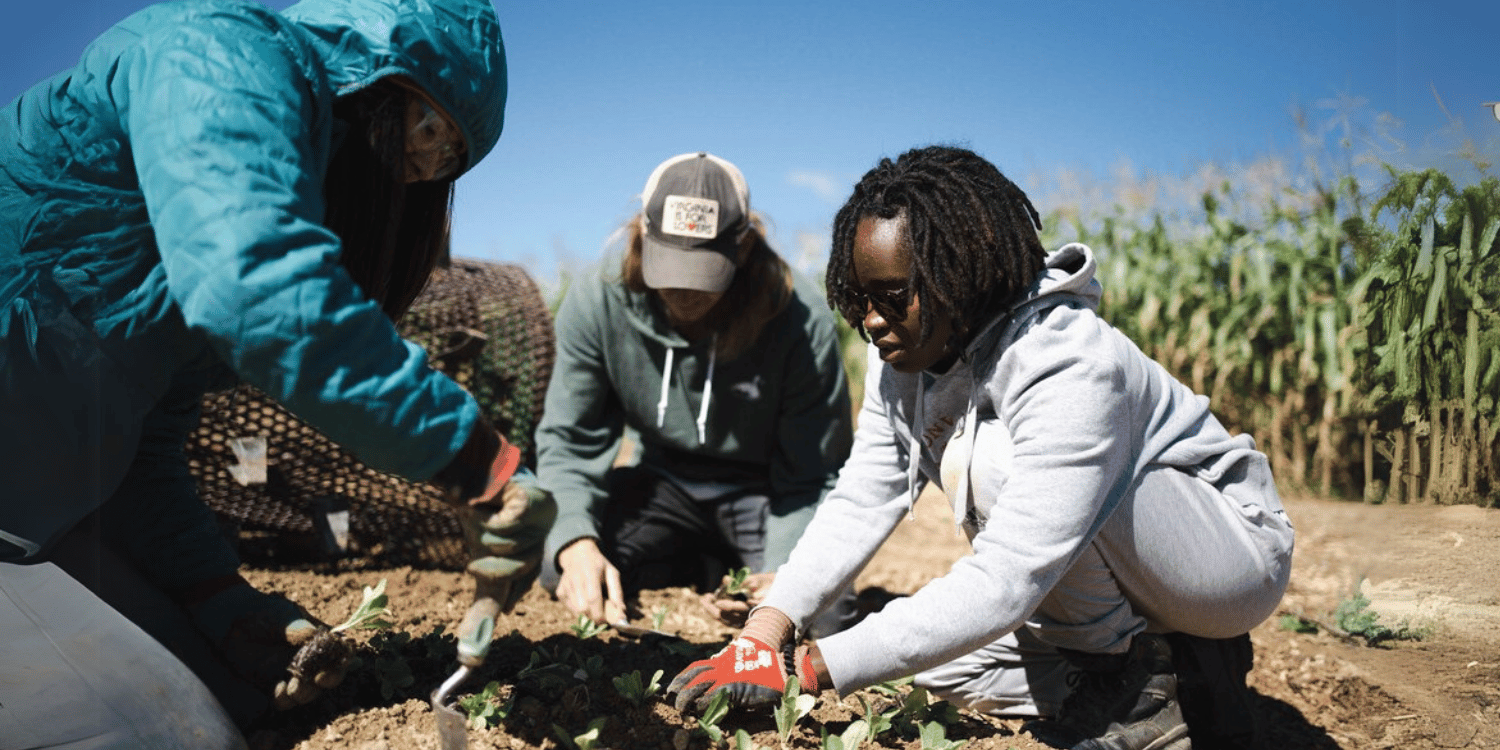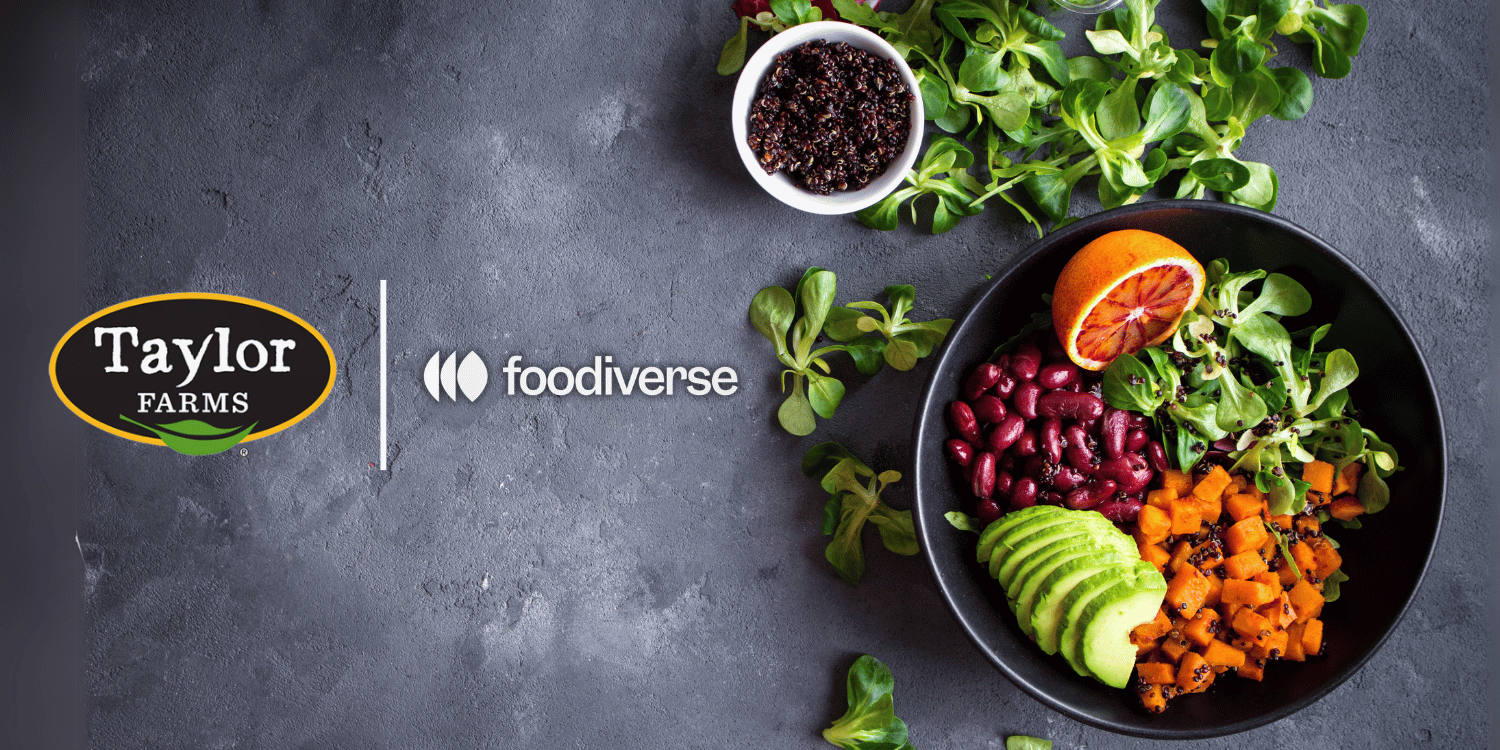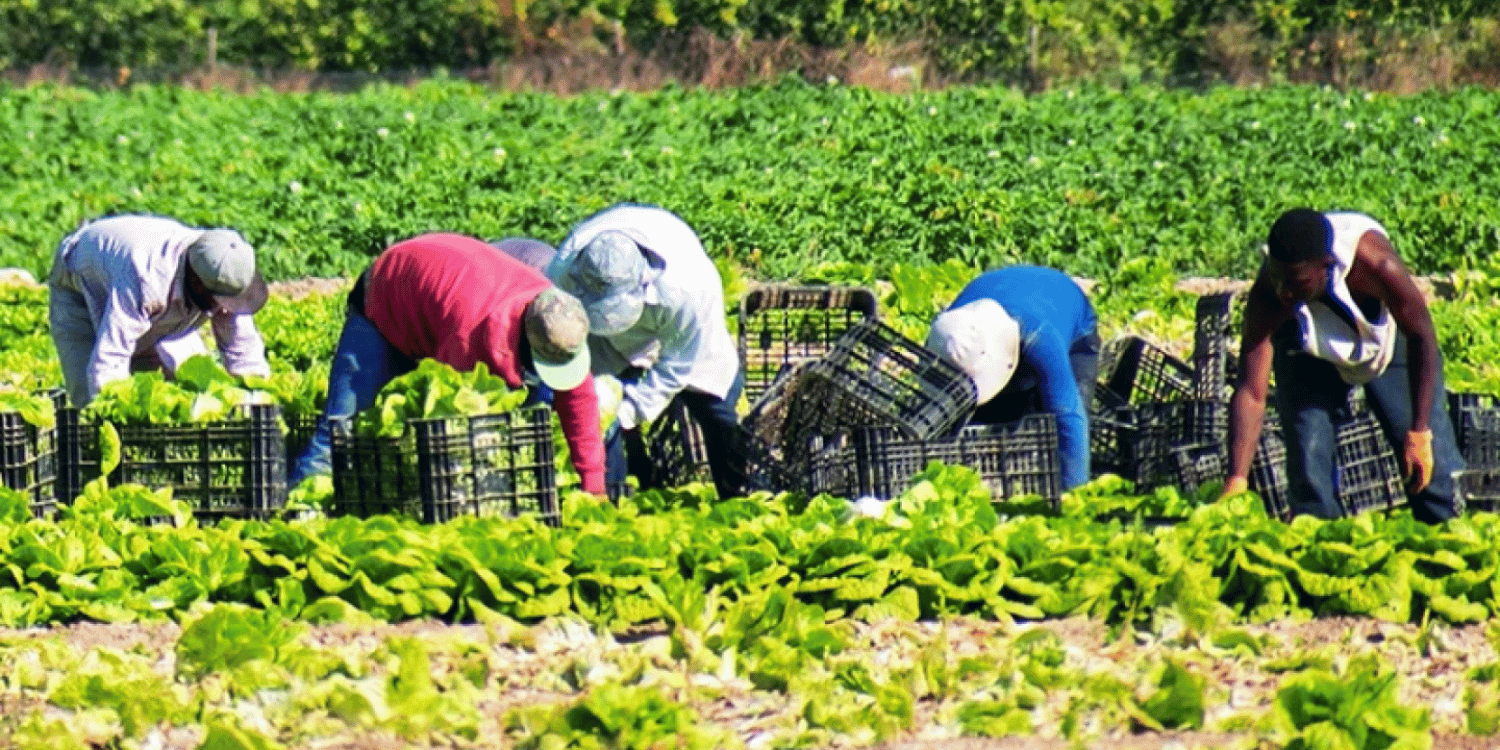The citrus season in Texas is underway, with growers beginning their harvesting and production processes. April Flowers of Lone Star Citrus Growers shared with FreshPlaza that their harvest has just begun, with degreening already in progress.
The pace of production is set to increase, gradually reaching full capacity by November. “The crop looks good, and we are excited to begin another season,” she remarks, expressing optimism about the current yield. Despite the challenges faced in recent years due to freezes in 2021 and 2024, the company is witnessing a modest return to production with some new plantings beginning to bear fruit.

A notable development in Texas citrus farming is the shift in crop varieties. This year’s harvest is anticipated to be similar to last year’s in terms of both fruit size and quantity.
However, a trend away from Navel oranges is evident. Flowers notes, “Navels suffered great losses during the past two freezes and farmers haven’t been keen to replant them due to the popularity of Valencias, so we really aren’t harvesting many Navels anymore.”
The impact of these agricultural decisions is significant, as Valencia oranges have become the preferred variety, and the company expects its shipping operations to extend into late March. This adjustment in variety points to a more adaptable strategy as farmers respond to market demand and environmental conditions.

Texas citrus growers continue to face environmental challenges, particularly regarding water scarcity. Drought remains a persistent issue across the state, impacting agricultural activities. “While we have seen rain locally, our reservoirs are still at historic lows, and we have not seen sufficient progress in enforcing the water treaty,” says Flowers, drawing attention to the ongoing water shortage.
The water supply remains a critical concern, with reservoirs like Falcon Lake being only 13.7 percent full, which is significantly lower than what is required to support the crops adequately. Though Lake Amistad has seen a slight improvement, reaching 27 percent capacity, it is Falcon Lake on which growers primarily depend.
With October being a traditionally rainy month, there is hope that West Texas will experience beneficial rainfall to replenish these reservoirs, especially Falcon Lake, which is crucial for sustaining the citrus industry in the region.
Meanwhile, the market outlook for Texas citrus appears promising, with demand remaining steady. The season is beginning with a strong market, partly because of a gap between the end of California’s citrus season and the commencement of Texas’s harvest.




















